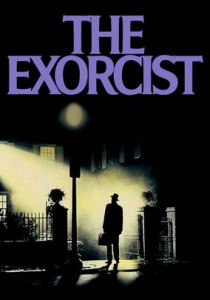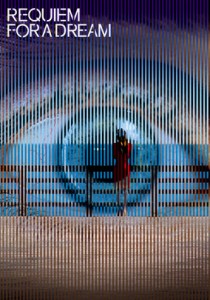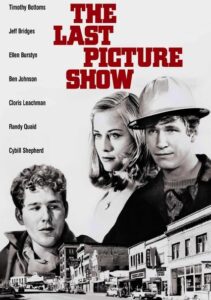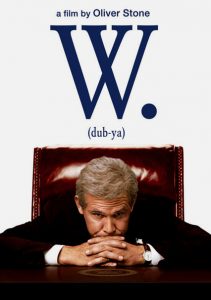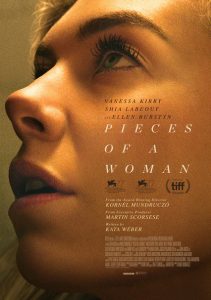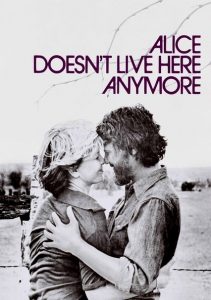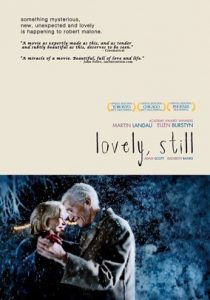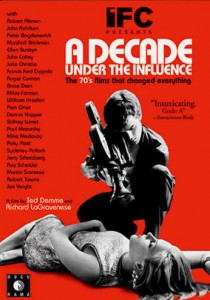The Exorcist-1973
Director William Friedkin
Starring Ellen Burstyn, Linda Blair
Top 250 Films #59
Top 40 Horror Films #13
Scott’s Review #326
Reviewed January 5, 2016
Grade: A
Making a lasting mark on cinematic history and impossible not to be familiar with through some form of pop culture, The Exorcist (1973) is a classic supernatural horror film that transcends the genre to become a Hollywood success story.
Along with Rosemary’s Baby (1968) and The Omen (1976), these three films have similarly haunting “religious” subject matters and deal with dark and sinister topics such as “god versus the devil” and “good versus evil”.
The Exorcist is a masterpiece on every level and is adapted from the 1971 hit novel of the same name.
The story centers on “demonic possession” and was quite simply a shocking subject when The Exorcist was released in 1973, scaring the wits out of those brave enough to see it (especially Christians) everywhere.
Some abhorred the subject matter and refused to have any part of the film; their loss.
Ellen Burstyn stars as Chris MacNeil, a noted actress who relocates to Georgetown to film a movie. In tow is her twelve-year-old daughter, Regan (Linda Blair).
As shooting on the film wraps, Regan begins acting very strangely —making noises, becoming belligerent, and urinating on the floor during a dinner party. Worried, Chris enlists the assistance of priests (Max von Sydow and Jason Miller).
Things progress from bad to worse as Regan spirals out of control, and Chris and the priests determine that an exorcism is the only resolution to the problem.
The Exorcist-mainly director William Freidkin sets up the film in a clever way by using various technical elements to build the tension.
For starters, the eerie musical score is highly successful at scaring the audience and the score is similar to that of Rosemary’s Baby. The film is also lit very well, so it appears dark with dim lighting- the cinematography and the windy rustling of leaves in the exterior sets are great.
The cover art of the film should give an indication of the unique style used- black and white, a man with a hat and suitcase peers up at the second floor of a house where a glowing light is illuminating- the image is intriguing and haunting.
Enough cannot be said for Linda Blair’s performance as Regan, especially in the final act. During the “pea soup” and the “Jesus crucifix” scenes a different voice was used, but the facial expressions and the emotions that Blair uses are admirable.
As Regan is bed-ridden, angry, scared, and emotional, there is no limit to Blair’s range. Throughout a large part of the film, she is a sweet, young girl- innocent, so much so that her transformation is both shocking and disturbing to witness.
The final act of the film- the “exorcism” is riveting and a groundbreaking aspect of film history. The terrifying scene all taking place in one child’s tiny bedroom elicits fright and is nail-biting beyond belief.
The Exorcist (1973) is a very influential film that inspired filmmakers for decades to come and still resonates with audiences to this day.
Oscar Nominations: 2 wins-Best Picture, Best Director-William Friedkin, Best Actress-Ellen Burstyn, Best Supporting Actor-Jason Miller, Best Supporting Actress-Linda Blair, Best Screenplay Based on Material from Another Medium (won), Best Sound (won), Best Art Direction, Best Cinematography, Best Film Editing
